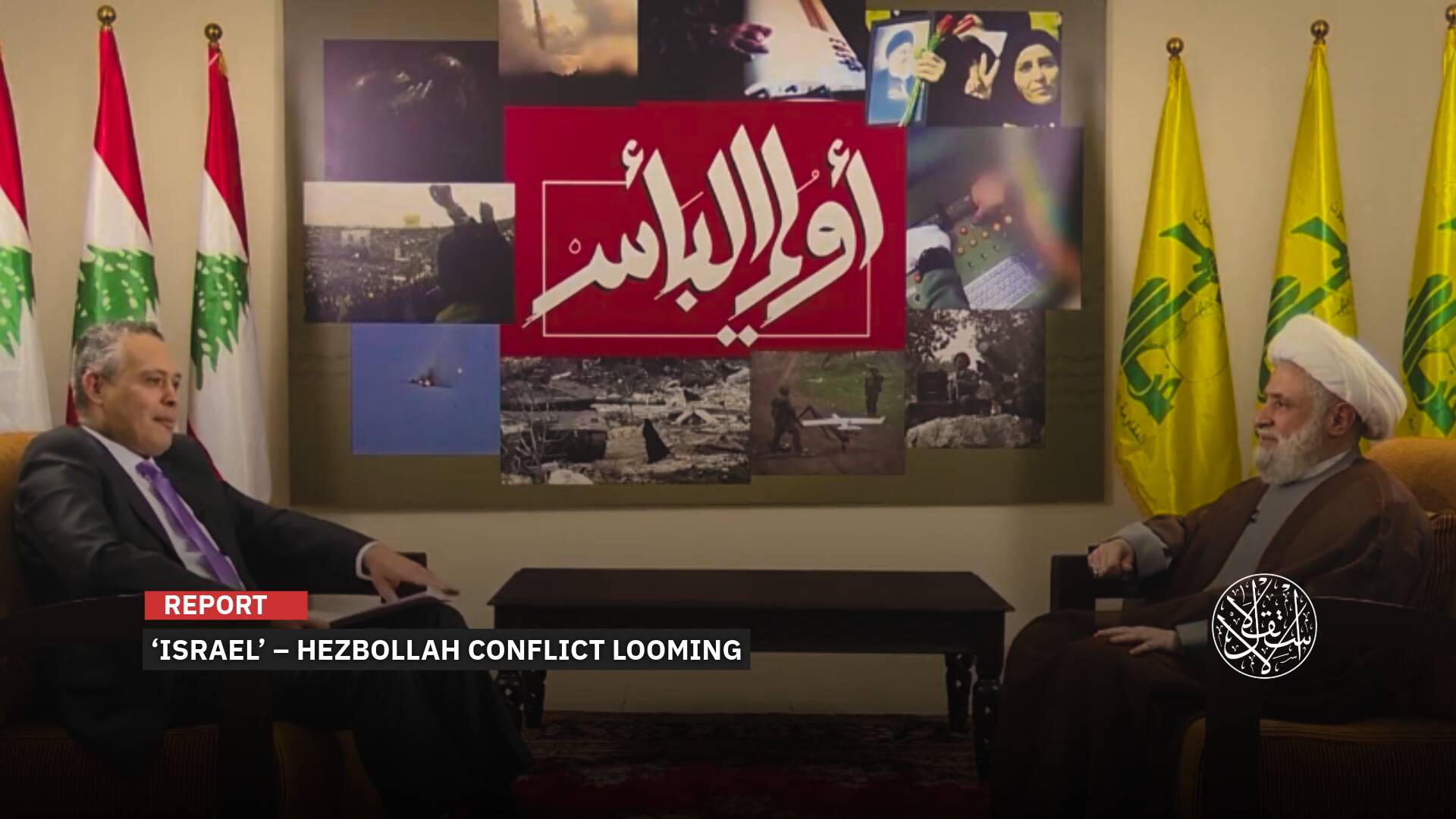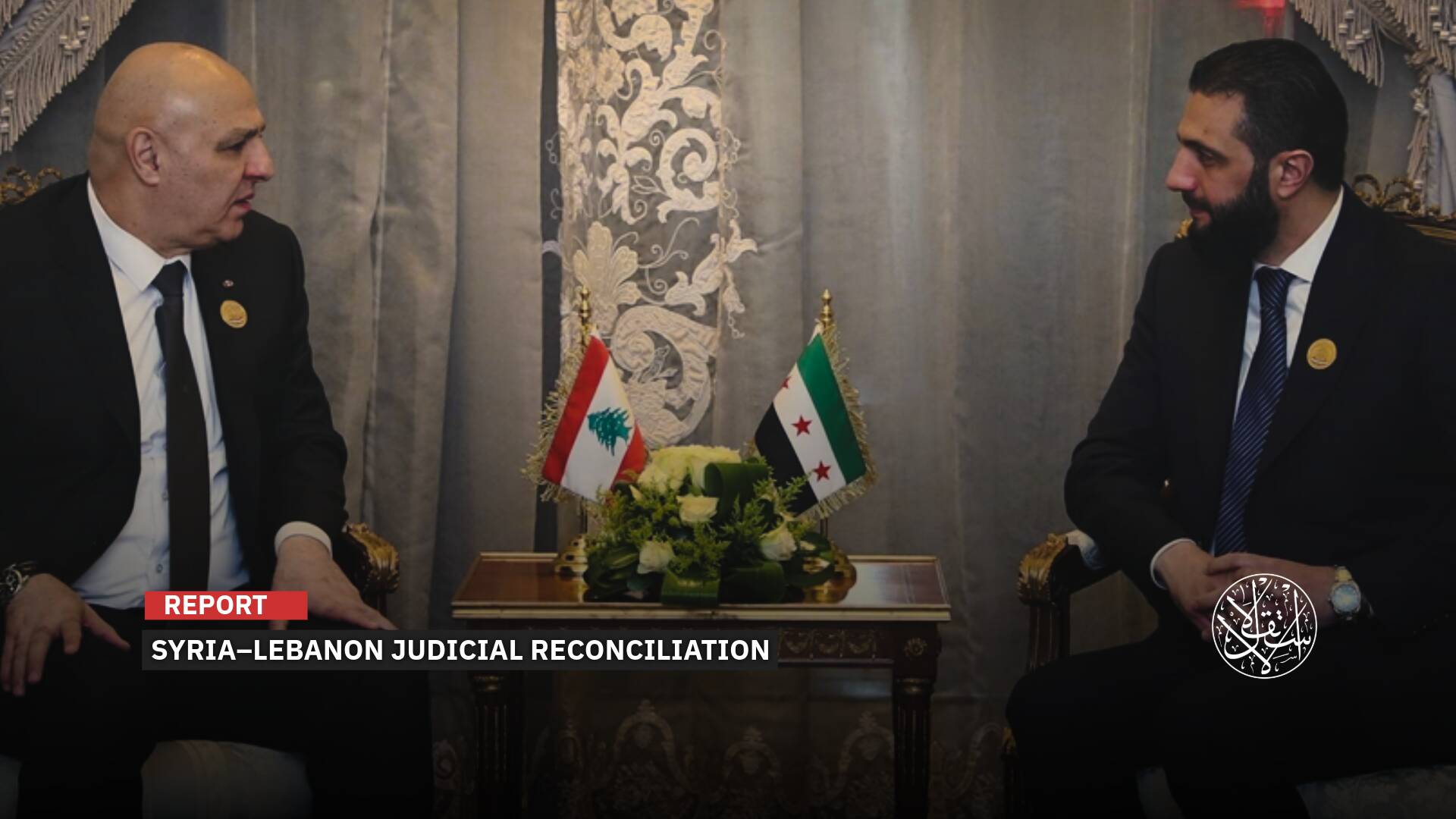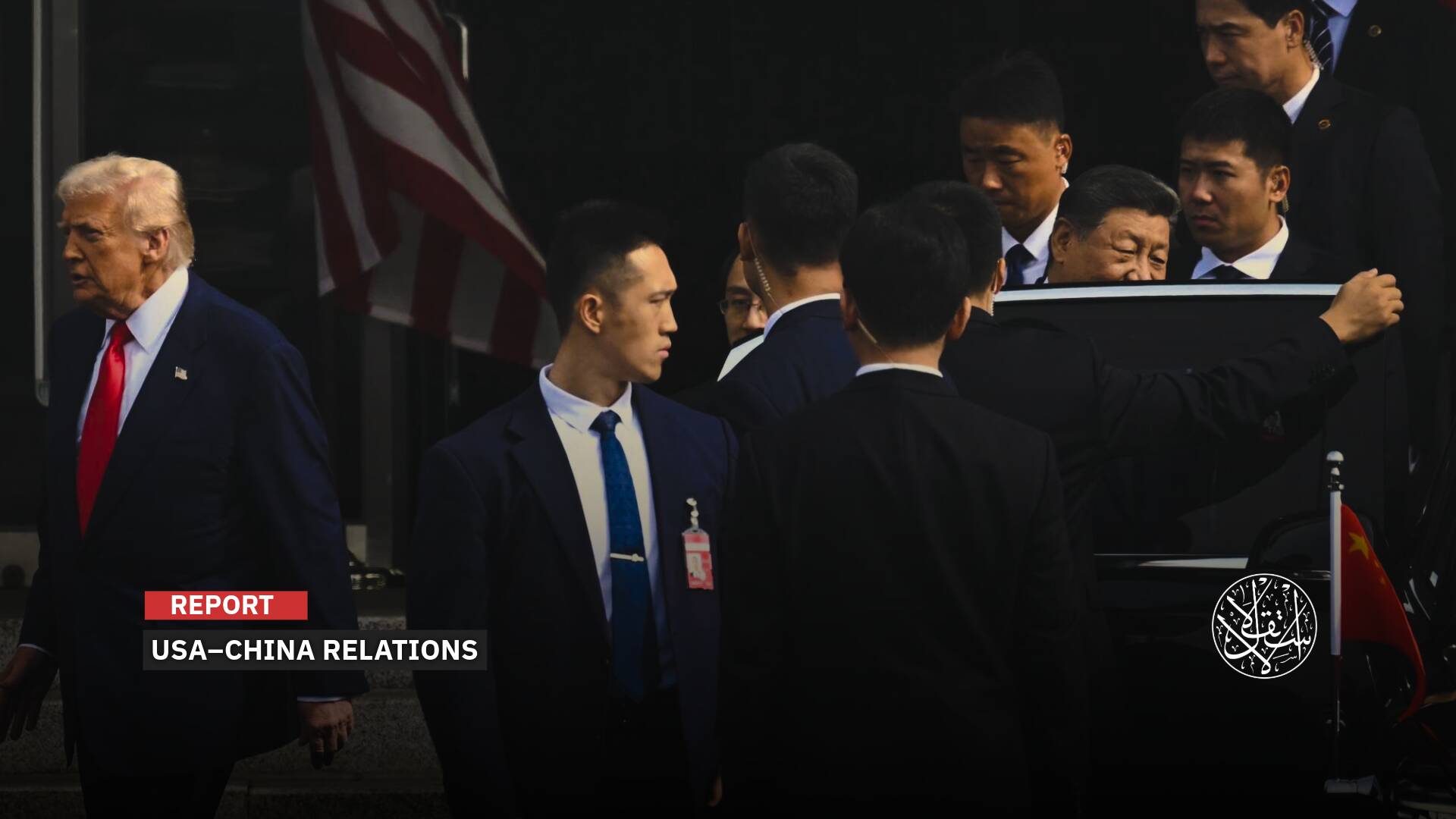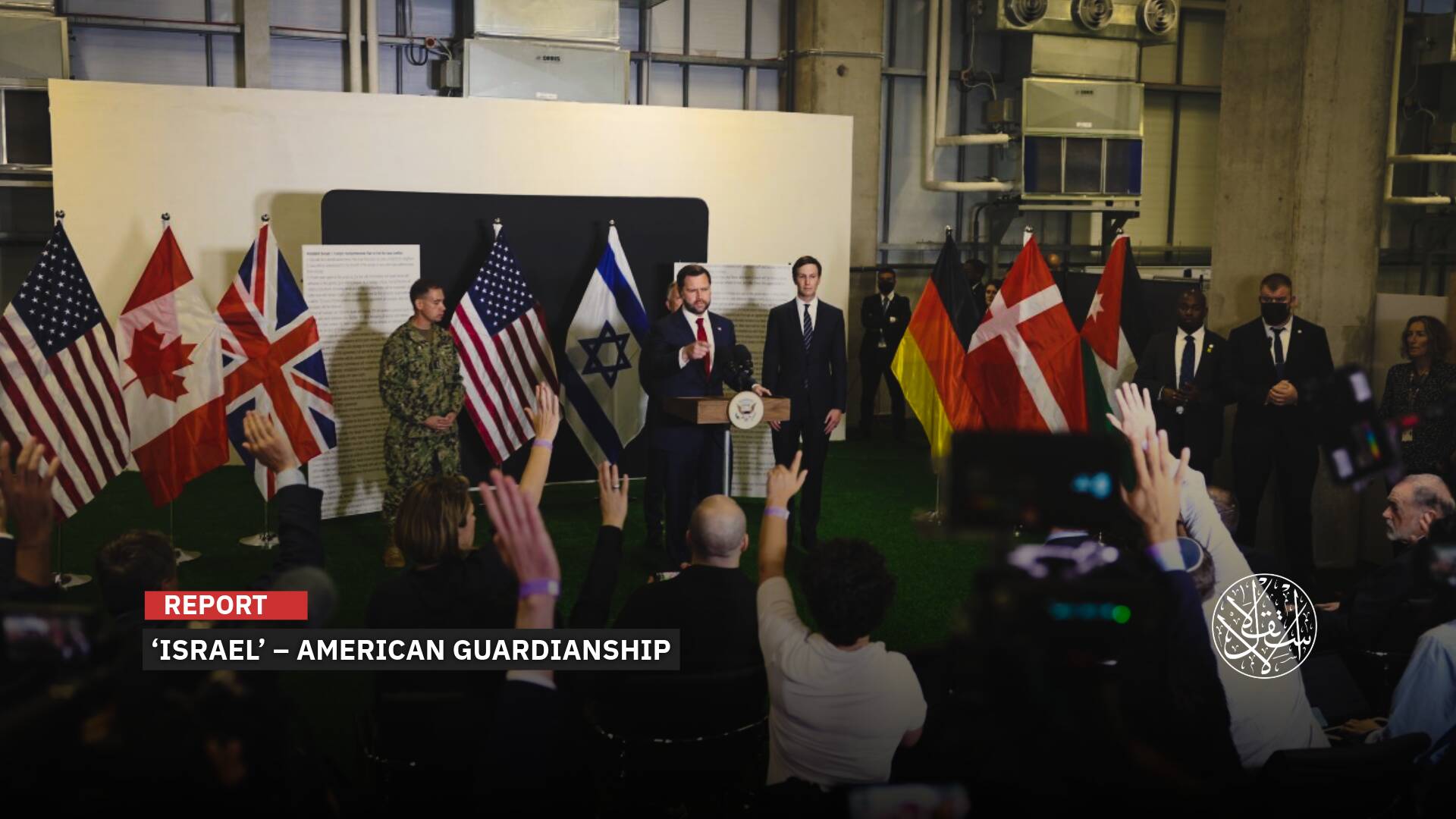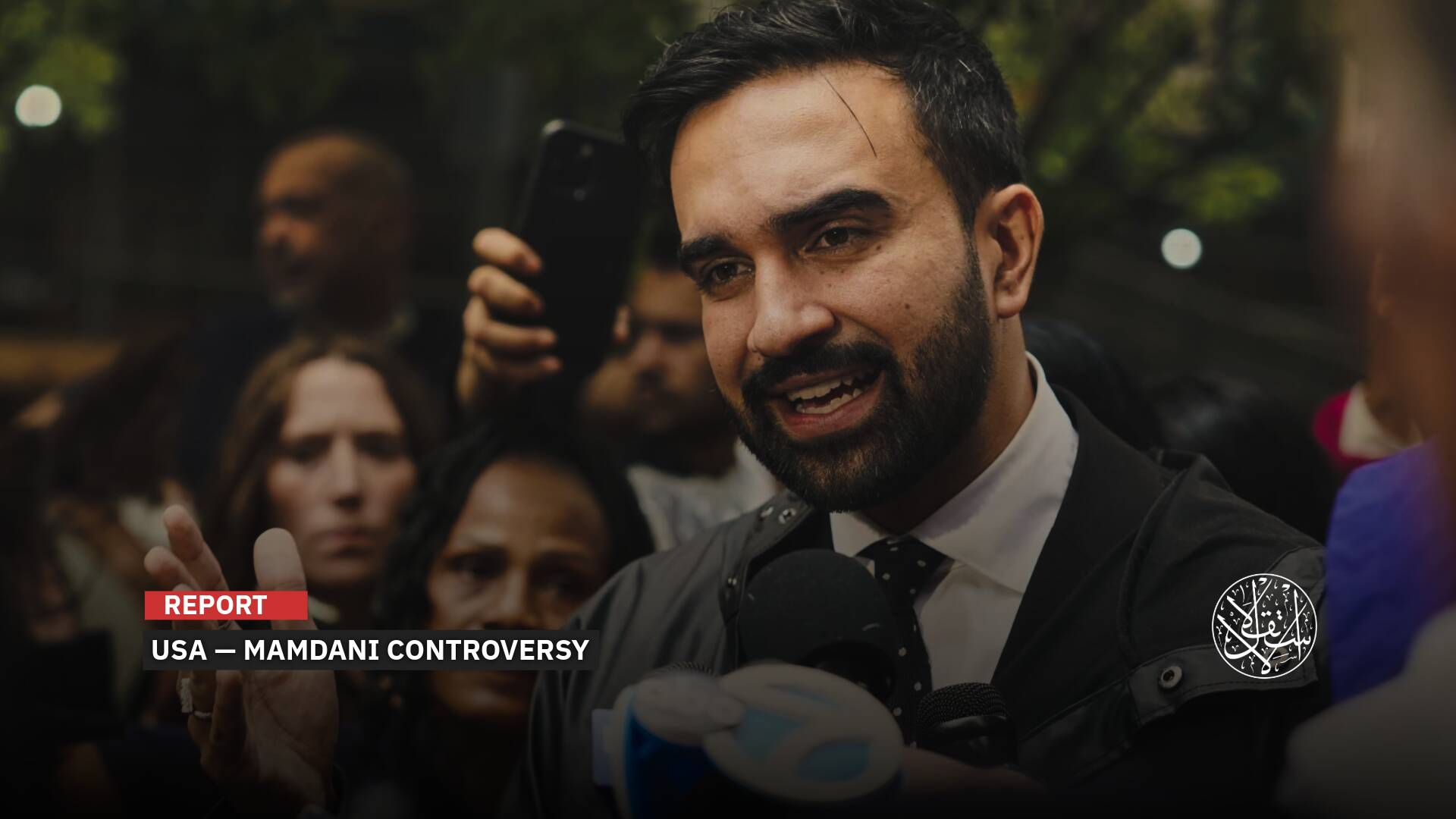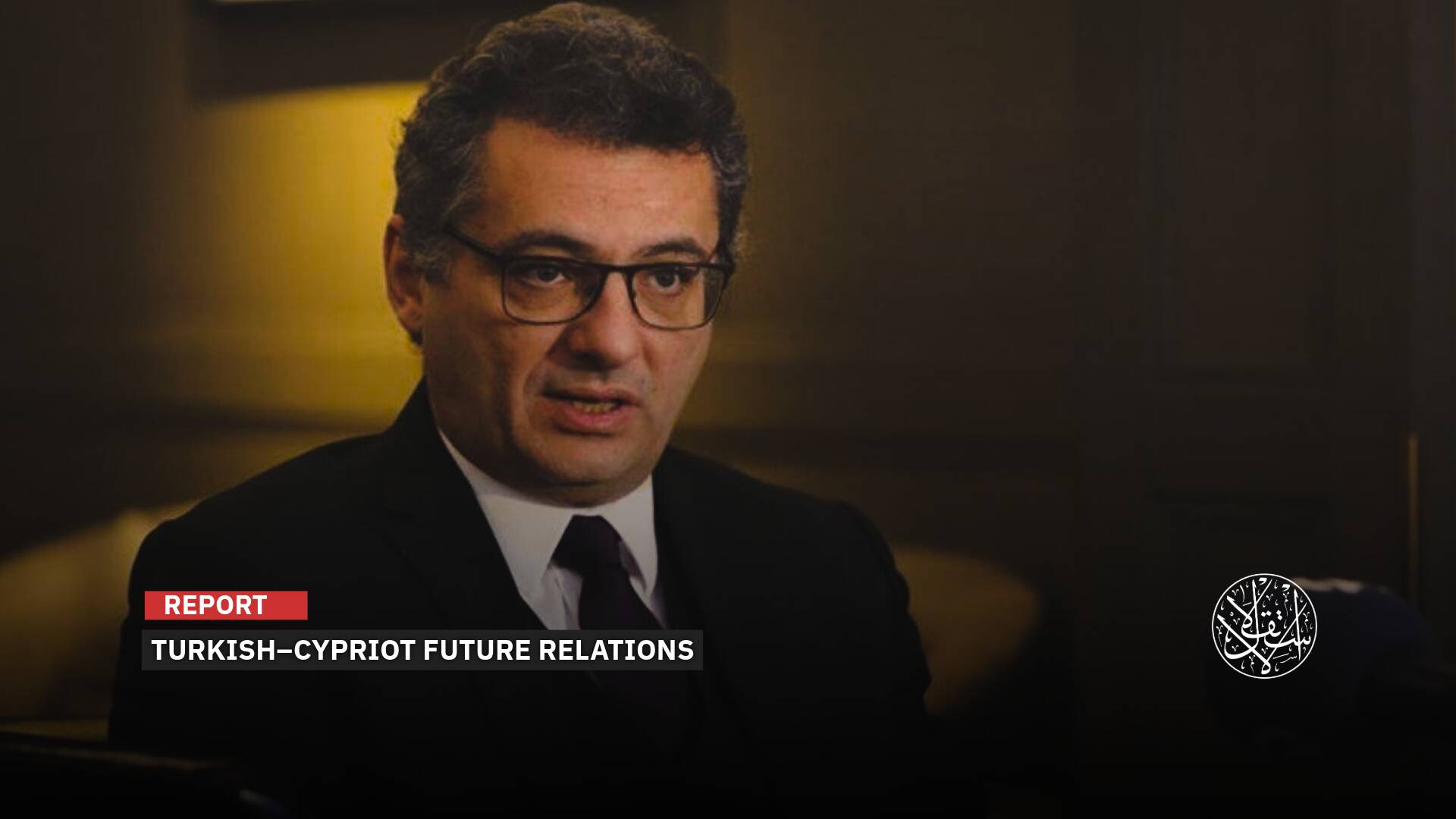After Assassinations and Nuclear Site Strikes, Why Is 'Israel' Now Targeting Iran’s Civil Institutions?

“Israel” launched devastating strikes that targeted key centers of civilian leadership.
In its escalating war on Iran, “Israel” quickly shifted from targeting military leaders and nuclear facilities to striking vital infrastructure, especially government institutions that affect daily life.
Observers see this move as a deeper phase of the war, signaling that every pillar of the Iranian state is now vulnerable. It also risks fueling public anger and unrest against the regime.
In military strategy, attacking government facilities is a powerful indicator that the entire state—not just its army or nuclear program—is now a direct target, part of a broader plan to “dismantle the ruling system from within.”

Government Institutions Targeted
Since the early hours of June 13, 2025, “Israel” has carried out airstrikes across Iran that have killed top military and political leaders—including IRGC commander Hossein Salami—alongside nuclear scientists and dozens of civilians.
But the campaign has expanded beyond military and nuclear targets. “Israel” has launched destructive attacks on Iran’s civil leadership and non-military government personnel, striking institutions that play no direct role in defense.
On June 15, Israeli missiles hit Iran’s Ministry of Justice in Tehran, as well as the Ministry of Oil and a police headquarters in the capital. In Shiraz, the Electronics Industries building was targeted. One of the Ministry of Foreign Affairs buildings also came under fire, injuring several government workers and civilians.
In a significant escalation, Iranian authorities reported that a missile struck near Quds Square in Tehran, damaging a key drinking water pipeline.
In Mashhad, explosions were reported near Hashemi Nejad Airport, while in East Azerbaijan Province, officials confirmed three separate Israeli strikes, one of which targeted a railway line.
Meanwhile, a major fire broke out at Tehran’s Mehrabad Airport on June 14, sending thick plumes of smoke into the sky. Formerly Iran’s main international airport, Mehrabad now functions primarily as an air base.
Israeli Occupation’s shift toward hitting government institutions marks a new phase in its war on Iran—one that disrupts daily life and delivers a direct blow to the country’s civil infrastructure.

Civilians Under Fire
In a striking shift, “Israel’s” war on Iran has escalated beyond military sites and nuclear facilities—reaching deep into civilian life. On June 15, Israeli airstrikes pummeled government institutions and residential buildings in Tehran, killing at least 60 people, including 20 children, according to Iranian state television.
Israeli Prime Minister Benjamin Netanyahu openly hinted at regime change, saying, “They shoot women because their hair is uncovered. They shoot students. They just suck the oxygen out from these brave and gifted people, the Iranian people.”
“The decision to act, to rise up this time, is the decision of the Iranian people,” Netanyahu said.
At the same time, Israel’s Channel 14 reported a new strategy: forcing mass displacement in Tehran to pressure the regime. U.S. President Donald Trump echoed that message the next day, urging Iranians to “evacuate the capital immediately.”
The result was swift. Tehran witnessed a major wave of displacement as Israeli strikes destroyed civilian infrastructure and killed civilians. On June 14, Iranian state television reported that around 60 people, including 20 children, were killed in an Israeli attack on a residential complex in the capital.
Iranian Foreign Ministry spokesperson Esmail Baghaei stated that “Israel” crossed red lines by bombing residential buildings in Tehran and other cities.
Farabi Hospital in western Iran was badly damaged in a June 16 airstrike, while Tehran’s metro hours were reduced amid the exodus. School officials announced that staff attendance would be optional until late June.
Meanwhile, Israeli Occupation drones and missiles also struck the Ministry of Justice, Ministry of Oil, a police headquarters, and Foreign Ministry buildings. This, analysts say, is no longer just a military confrontation.
On June 16, 2025, the Hebrew channel “Israel 24” reported that “Tel Aviv is expected to issue instructions for residents across various Tehran neighborhoods to evacuate their homes before targeting infrastructure and government buildings.”
‘Gradual Dismantling’
“This is not a preemptive strike—it’s a deliberate, phased dismantling,” said Iran expert Dr. Alaa al-Saeed.
“Every hit has a message. When you target the Ministry of Oil, you’re hitting the regime’s financial engine. When you bomb the Ministry of Justice, you shake its legal backbone. Even the electronic industry, when hit, cripples surveillance,” he told Al-Estiklal.
“Israel’s strategy is about more than deterrence: It’s a symbolic, strategic attack meant to unravel the illusion of a stable state. Each strike chips away at the regime’s image of control. The message is clear: if it can’t protect its ministries, how can it be trusted with a nuclear bomb?”
As strikes intensify and civilian suffering mounts, a new phase of the conflict is emerging—one where the battleground isn’t just Iran’s nuclear program, but the legitimacy of its state itself.
“We are entering a new phase of the conflict, where a new chapter begins: preventing collapse abroad starts by igniting turmoil at home,” al-Saeed said.

‘Israel’ Strikes at Iran’s Core
For the first time, Iran and “Israel” are locked in a direct military confrontation of this scale and duration. It began with a surprise Israeli offensive on June 13 that killed more than 20 Iranian military commanders and nuclear scientists in a single day.
But the fallout wasn’t just on the battlefield. Within hours, Iran’s currency, the rial, plunged by at least 15% on the informal market—reflecting deepening fears of escalation and crumbling confidence in the government’s ability to stabilize the economy.
As the Israeli war drags on, the most dangerous front may no longer be military—it’s economic. Long burdened by inflation of 30–40%, a budget deficit of over 20%, and chronic unemployment, Iran is now facing its worst financial crisis in years. The rial has dropped more than 12% against the euro in just one week, and the black-market dollar rate has soared past 955,000 rials.
This crash compounds a year-long collapse. Since 2024, the rial has lost over 40% of its value—making it one of the weakest currencies in the world.
To many, these numbers signal more than economic strain—they point to a targeted effort to dismantle the Iranian state from within.
“Israel is striking government institutions to paralyze Iran’s security, military, and economic capabilities,” said Taher Abu Nidal al-Ahwazi, a political bureau member of the anti-regime Ahwazi Democratic Popular Front. “It’s a calculated effort to weaken Iran’s infrastructure and limit its regional threats.”
“The strikes send a clear message: Iran’s decision-making centers are exposed and vulnerable. This is part of a declared strategy to bring down a regime that sponsors terrorism and destabilizes the region,” he told Al-Estiklal.
In short, the war is no longer just about missiles and drones. It’s about crushing a state’s ability to function.
Sources
- Netanyahu: Regime Change in Iran Could Be a Result of This War [Arabic]
- On Day Two of the War, Israel Strikes Iranian Regime Sites in 7 Provinces [Arabic]
- Iran’s Economy Staggers Under Warfire: Power Outages and Gasoline Lines Return [Arabic]
- Israel Announces Strikes on Over 80 Nuclear and Military Targets in Tehran [Arabic]
- Netanyahu says Israel’s operation may lead to regime change in Iran. How likely is that?


